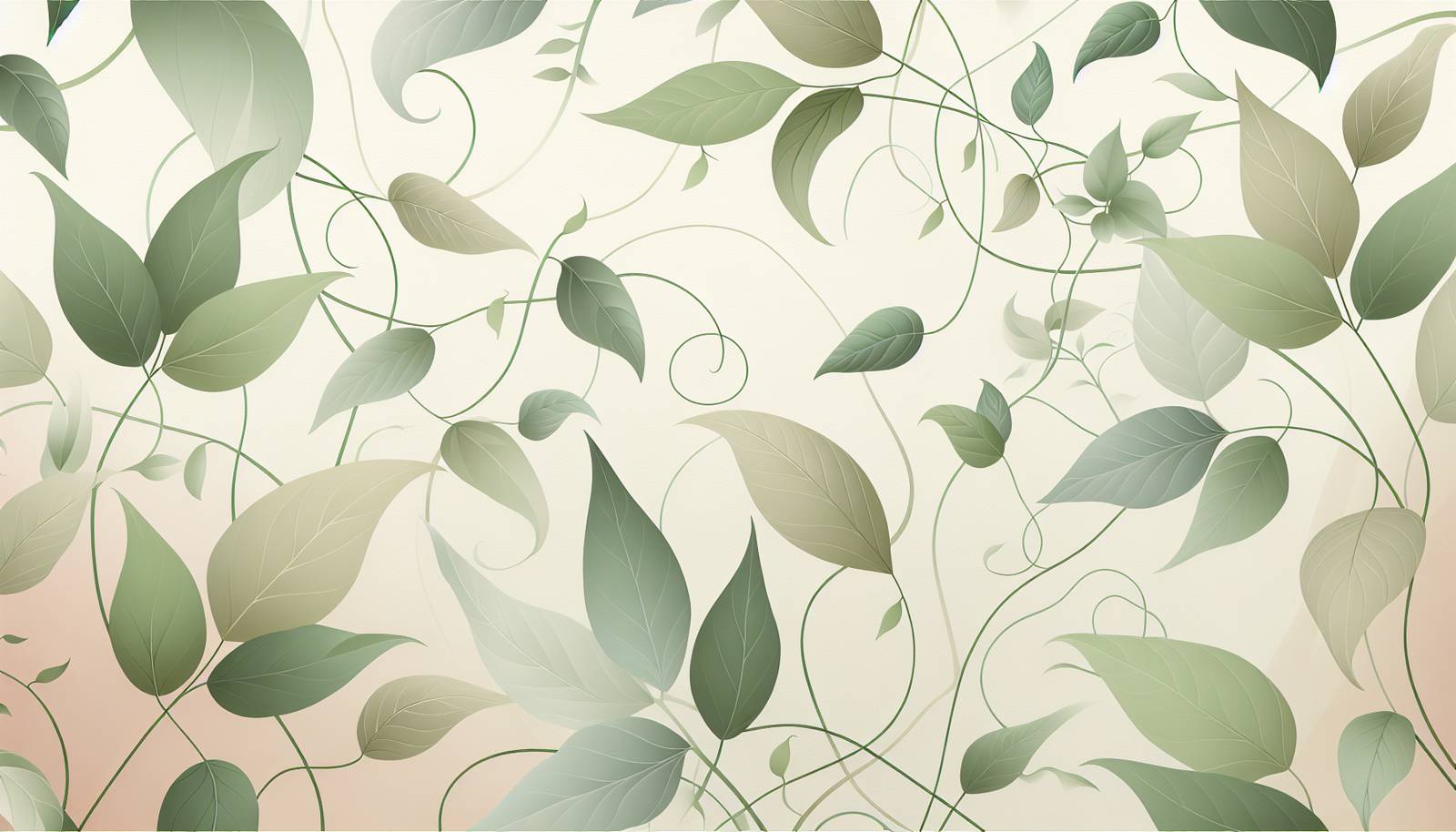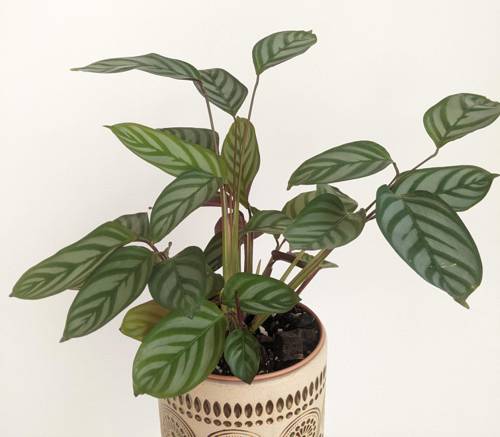
FAQ About Indoor Plant Species Compatibility

What is indoor plant species compatibility?
Indoor plant species compatibility refers to the ability of different plant species to coexist harmoniously when grown together indoors. This involves selecting plants that have similar light, water, and soil requirements, ensuring they can share the same environment without one plant overshadowing or competing with the other for resources. Compatibility can enhance aesthetic appeal and promote healthier growth by allowing plants to thrive in shared conditions.

Why is it important to consider plant compatibility indoors?
Considering plant compatibility indoors is crucial for creating a healthy and aesthetically pleasing plant arrangement. Compatible plants share similar care requirements, which makes it easier to maintain them. This reduces the risk of overwatering or underwatering some plants while others thrive. Additionally, compatible plants can support each other's growth by maintaining a balanced humidity level and potentially deterring pests.

How can I determine if two indoor plant species are compatible?
To determine if two indoor plant species are compatible, assess their individual light, water, soil, and humidity requirements. Plants that thrive in similar conditions are more likely to coexist harmoniously. Additionally, evaluate their growth rates and potential size to ensure they won’t compete for space. Doing research on each plant’s specific needs and typical environment can also provide guidance on compatibility.

What are some examples of compatible indoor plant species?
Examples of compatible indoor plant species include the pairing of pothos and peace lily, both of which prefer indirect light and moderate watering. Ferns can coexist with philodendrons as they share similar humidity and soil moisture needs. Succulents such as jade plant can be paired with cacti due to their shared preference for bright light and less frequent watering.

Can incompatible plants affect each other's growth negatively?
Yes, incompatible plants can negatively impact each other’s growth. If plants with differing needs are grown together, one may suffer while the other thrives. For example, a plant that requires high humidity may wilt when placed next to a drought-tolerant succulent. Additionally, larger plants may overshadow smaller ones, restricting their access to light and air circulation.

What are the benefits of growing compatible plant species together?
Growing compatible plant species together offers several benefits, such as simplified care routines, improved plant health, and enhanced aesthetic value. Compatibility helps maintain consistent moisture and light levels across plants. Some combinations can even act as natural pest repellents or contribute to better air quality, creating a more harmonious indoor environment.

How does light preference affect plant compatibility?
Light preference is a critical factor in plant compatibility. Plants that require direct sunlight may scorch shade-loving plants when grown too closely. Conversely, low-light plants won’t thrive if paired with species that block too much light. Ensuring all plants in a group have similar light needs helps them grow healthily without any being starved of light.

Are there particular soil requirements to consider for plant compatibility?
Soil compatibility is key when growing plants together, as different species may have varying nutrient, pH, and drainage needs. For example, succulents require well-draining soil to prevent root rot, while tropical plants often need more moisture-retentive soil. Selecting a compatible soil type or customizing soil mixtures based on the plants’ needs is essential for successful indoor gardening.

How can humidity levels impact indoor plant compatibility?
Humidity levels play a significant role in plant compatibility as different species have varying humidity requirements. Tropical plants, such as ferns and orchids, thrive in high humidity and may suffer if placed with succulents or cacti, which prefer drier conditions. Matching plants with similar humidity preferences helps maintain their optimal growth and reduces the risk of disease or pest issues.

Can plant compatibility affect pest prevention?
Yes, plant compatibility can aid in pest prevention. Some plants release natural chemicals that repel pests, benefiting nearby compatible plants. For instance, marigolds are known for deterring nematodes and can complement vegetable plants that are prone to such pests. Creating a diverse yet compatible plant setup can serve as a natural deterrent to common indoor pests.

What are some common mistakes when pairing indoor plants?
Common mistakes when pairing indoor plants include ignoring light requirements, combining plants with opposing water needs, and overcrowding. These issues can lead to poor growth, increased susceptibility to diseases, and resource competition. Additionally, failing to account for mature plant size can result in competition for space and light, hindering overall plant health.

How can I enhance the aesthetic appeal of a compatible indoor plant arrangement?
To enhance the aesthetic appeal of a compatible indoor plant arrangement, consider varying the height, texture, and color of the plants. Use contrasting foliage and flowers to create visual interest, while ensuring the selected plants share similar care requirements. Choosing decorative pots and arranging plants in patterns can also contribute to a pleasing visual setup. This approach ensures functionality is matched with visual delight.

Can plant compatibility influence indoor air quality?
Yes, plant compatibility can positively influence indoor air quality. Certain plants, like spider plants and snake plants, are known for their air-purifying abilities. When grown together with compatible species, such as ferns or peace lilies that also thrive indoors, they can effectively remove toxins from the air, enhancing the overall quality.

Which indoor plant species are best for low light conditions?
For low light conditions, consider indoor plant species such as snake plants, pothos, ZZ plants, and peace lilies. These plants adapt well to lower light levels and can thrive alongside other low-light-tolerant species. Their hardy nature makes them particularly suitable for indoor environments with limited natural light.

How should I water indoor plants in a compatible setup?
Watering indoor plants in a compatible setup involves understanding the shared needs of the grouped plants. Use a watering schedule that meets the needs of all plants involved, typically allowing the top inch of soil to dry out before re-watering for most compatible setups. Avoid letting water stand in pots as it can lead to root rot in plants with less water tolerance.

Are there any digital tools to help with selecting compatible indoor plants?
Several digital tools and apps are available to assist with selecting compatible indoor plants. Applications like Planta, PictureThis, and Blossom provide care tips, compatibility information, and plant databases to help you choose the right mix of plants for your home environment. They can be particularly useful in planning an indoor garden setup that meets your aesthetic and care preferences.

How can mature plant size affect compatibility?
Mature plant size is an important factor in plant compatibility because it influences space and resource sharing. Larger plants may overshadow or crowd smaller ones, limiting their access to light and airflow. Understanding the mature size of each plant ensures they have adequate room to grow without adversely affecting each other, thus maintaining a harmonious environment.

What role do watering needs play in plant compatibility?
Watering needs are crucial in determining plant compatibility. Grouping plants with similar watering requirements simplifies care routines and helps prevent water-related stress issues like root rot or dehydration. For instance, assembling a collection of tropical plants ensures consistent moisture levels, while a succulent arrangement reduces overwatering risks.

Can compatible plants support each other’s growth?
Compatible plants can indeed support each other’s growth by creating a microenvironment that meets the shared needs of all species involved. Such setups can stabilize humidity levels and even aid in nutrient retention through shared soil conditions. Successfully matched plants can also assist in deterring pests naturally and contribute to an overall healthier growing space.

What is the best way to start an indoor plant compatibility project?
To start an indoor plant compatibility project, first research various plant species to understand their specific requirements for light, water, soil, and humidity. Build a list of plants with similar needs and consider their size and growth patterns. Start with a small group of compatible plants to observe how they coexist, gradually adding more as you grow more comfortable with their care.
